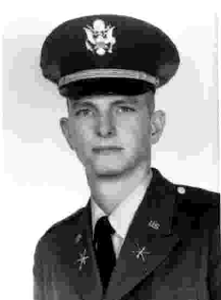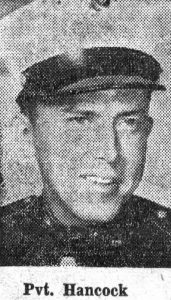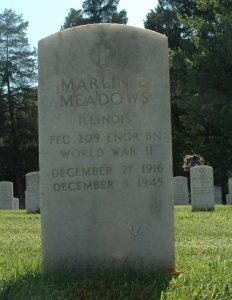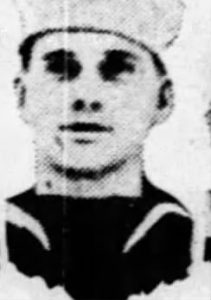Albert J. Paoli, age 20, from Illinois, Madison county.
Service era: World War II
Date of death: Wednesday, October 18, 1944
Death details: The Battle of the Hürtgen Forest, one of the bloodiest conflicts of World War II, was fought between Allied and German forces from September 1944 to February 1945. As U.S. forces advanced eastward into Germany, the defending Germans manned “Siegfried Line” positions opposite the Belgian border. The battle grew to involve approximately 200,000 troops, with tens of thousands of casualties on both sides. American forces initially entered the area seeking to block German reinforcements from moving north toward the fighting around Aachen, the westernmost city of Germany, near the borders with Belgium and the Netherlands. In the battle’s second phase and as part of the Allied’s larger offense toward the Rhine River, U.S. troops attempted to push through the forest to the banks of Roer River. Aided by bad weather and rough terrain, German forces in the Hürtgen Forest put up unexpectedly strong resistance due to a well-prepared defense. American forces were unable to break through to the Rur before the German Ardennes offensive struck in December 1944, known as the Battle of the Bulge, which halted the eastward Allied advance until February 1945. Private Albert J. Paoli, who entered the U.S. Army from Illinois, served in Company I, 60th Infantry Regiment, 9th Infantry Division. He was reported missing in action on October 17, 1944, during the Battle of Hurtgen Forest while his unit was positioned southeast of Aachen, Germany. Specific details regarding his loss are unknown, and attempts to recover his remains following the war were unsuccessful. Today, Private Paoli is memorialized on the Walls of the Missing at the Netherlands American Cemetery in Margraten.
Source: National Archives, Defense POW/MIA Accounting Agency



